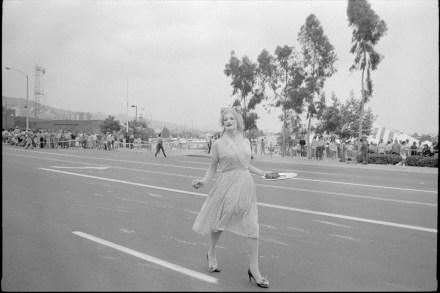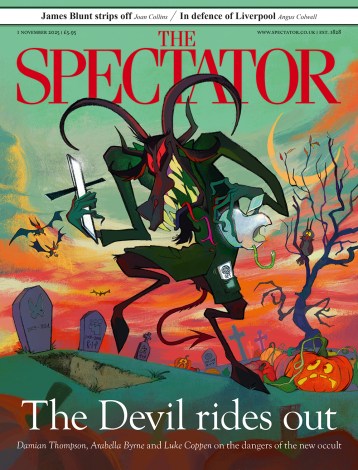The dodgy world of posthumous art works
What does an artist do with work that isn’t quite up to his or her standards? Throw it out? Frank Stella and Robert Rauschenberg both tried that, putting artworks they didn’t like out with the trash, only to find them on sale in galleries a few years later. Some artists preemptively destroy works they don’t





